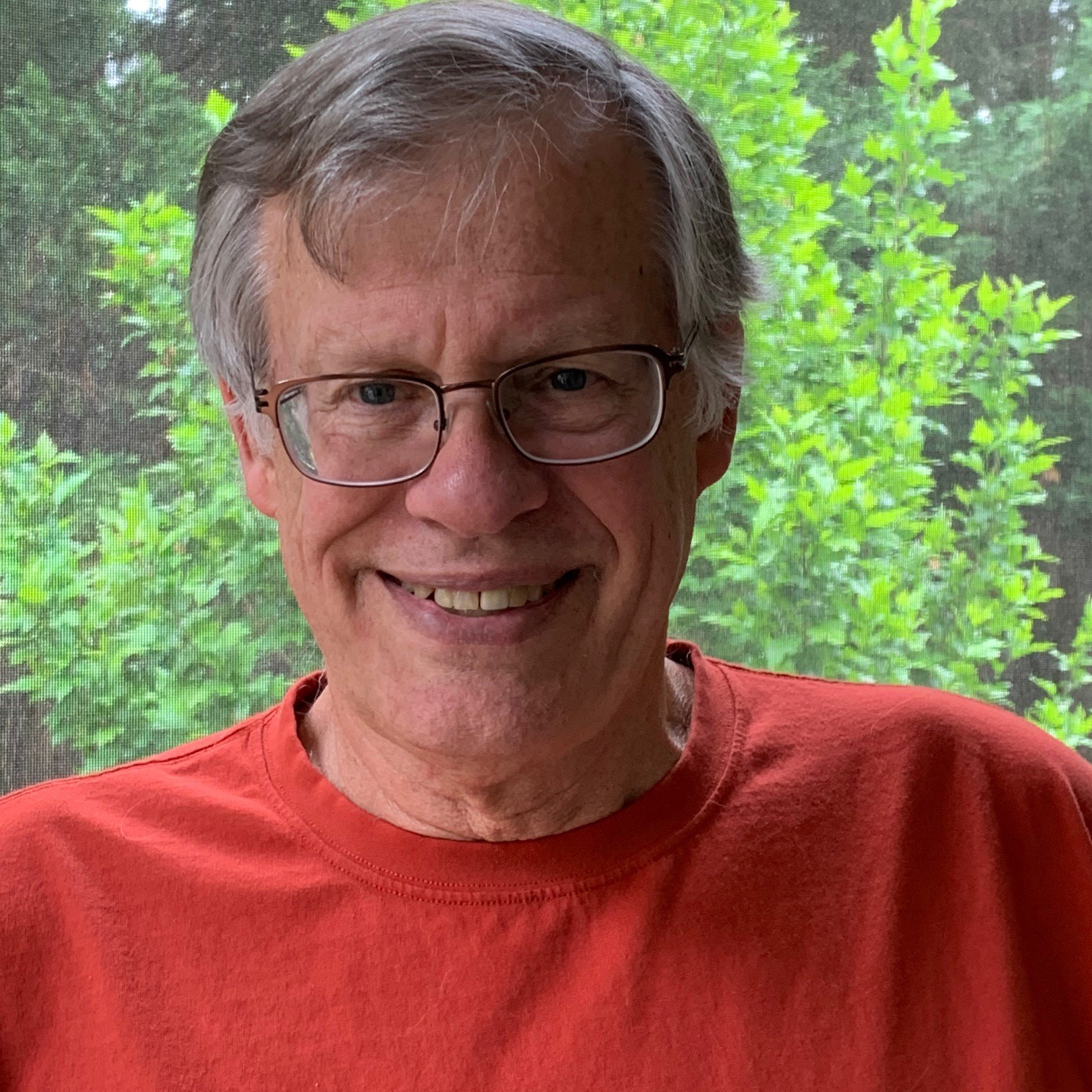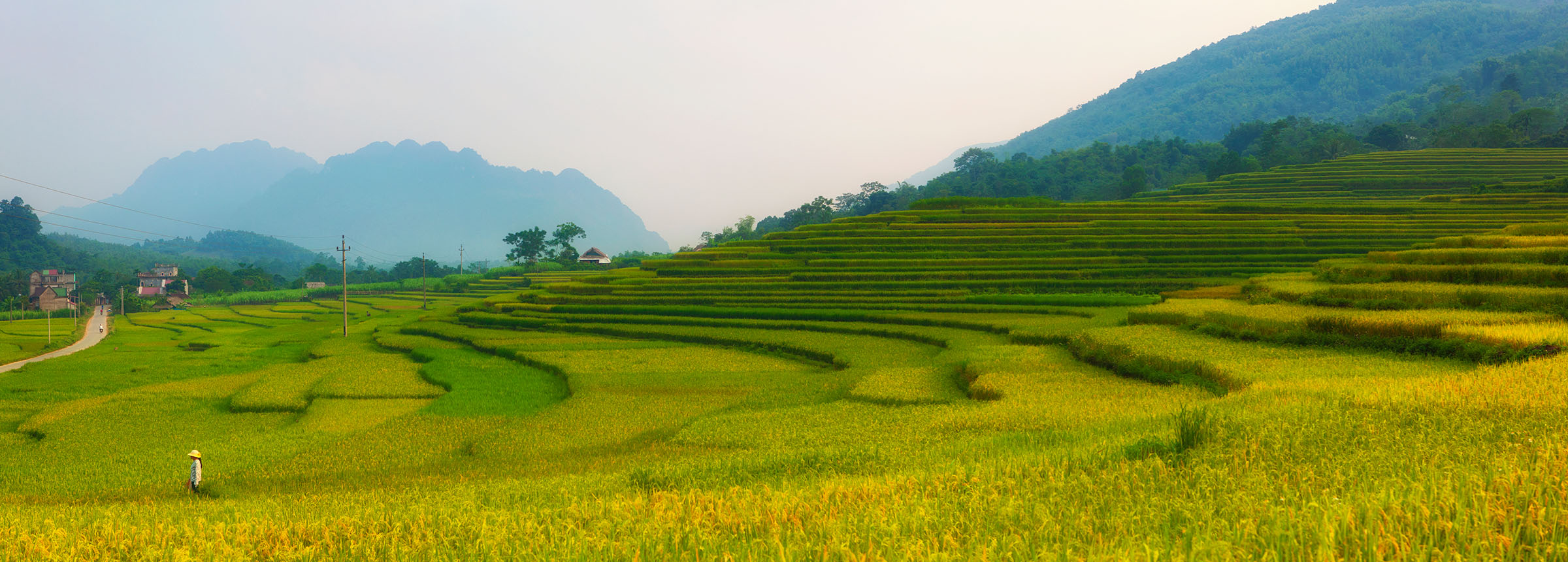
The People of PIER: Glen Anderson
An Interview with the Senior Economist, Development, of the Private Investment for Enhanced Resilience (PIER) Project
 What is your role within the PIER project?
What is your role within the PIER project?
I serve as the country lead for Peru and provide oversight of Private Investment for Enhanced Resilience (PIER ) Project activities there. I’m leading work on a financing strategy for the national coffee plan in Peru and developing a methodological paper on cost-benefit analysis for climate-resilient coffee. Recently, I conducted a training for the U.S. agribusiness Corteva Agriscience on climate risk and climate resilience.
What excites you about your work?
I’ve been working on adaptation issues for about 15 years. It has taken us a long time to proactively engage the private sector to think about how climate risks affect businesses and how to adjust investment decisions to make them more climate-resilient. Hopefully, when the private sector does engage, it conveys the benefits, including long-range sustainability and reduced damages from climate risks such as extreme events.
What are some of the challenges you’ve come across during the implementation of the project?
Opportunity costs are one of the key problems facing the private sector. You must make a compelling case that the issue you want to discuss with a business, or provide training about, offers benefits to that business. It’s a challenge to get the private sector to the table and then, if we do get them to the table, we must make sure they continue to stay engaged. This is a problem whether we are looking at their investments or adaptation planning on a community or country level. We can invite them to come in and participate in stakeholder workshops but it’s very difficult to keep them engaged over a long period of time.
Engaging the private sector often means working with the public sector, as well, because we need to make sure the private sector has incentives to engage. For example, we’re working with the investment agency of the Ministry of Economy and Finance in Peru. They are responsible for a very large portfolio of public-private partnership projects. These projects obviously have private sector involvement, so we need to help them understand the climate risks and the value of adding climate-resilient components to their investment projects. Ultimately, we need to have a balanced approach to work both with the public and the private sector.
What does progress look like at the end of the PIER project?
PIER is a unique three-year project that focuses explicitly on private sector engagement. Through our outreach and presentations of the PIER model, we hope that it will become a template for future work. One of the advantages of working with the private sector is that they typically have a longer investment horizon than the public sector. A lot of decision-making in the public sector is driven by political realities. For example, governments turn over every two, four or six years. That means there is less drive to make policies and commit funding for long-term investments. The longer the time frame, the more concern and uncertainty there is about how things are changing. The private sector makes investments on a much longer timescale, so I think the private sector is going to be key in our preparation for long-term climate change, as well as our response to short-term climate variability.
How do you think the coronavirus pandemic is going to affect the thinking around climate resilience, especially for the private sector?
The coronavirus pandemic has demonstrated that when we talk about “adaptive capacity” or resilience to climate change and other shocks such as pandemics, “adaptive capacity” is multifaceted. It includes having the right infrastructure and institutions to manage responses to an extreme event like a pandemic. We’ve noticed that even a country as wealthy as the U.S., with institutions that have been developed over decades, if not centuries, is not as prepared it should be. It really demonstrates that in thinking of climate change in the long term, you can’t just say, “Well we have lots of income and that will take care of the problems.” We need to have the right institutions, the ability to plan and prepare, invest in redundant, backup systems and services, and respond and recover. I’m hoping that we will learn from this experience and recognize the need to evaluate and strengthen our systems to deal with extreme events.
What policy changes would you like to see in the next five to ten years regarding climate resilience?
I think it’s difficult for us to take decisions in that timeframe to the public sector. I’ve been focusing on the role the private sector can play in helping us make decisions that are more climate-resilient. I can give a couple of examples where I think the private sector could help. One example is Moody’s, which is a bond rating company for municipalities. In addition to looking at a lot of financial indicators as they set the bond rating for municipalities, Moody’s recognized the need to look at how well the municipality is anticipating and planning for climate change. This is because Moody’s recognizes that climate planning can affect the potential benefits and effectiveness of infrastructure investments. So that’s one example: By tying bond ratings to planning and forethought on adaptation, the private sector can create incentives for climate-resilient planning in the public sector.
Another example is insurance. Many insurance companies are integrating issues of climate risk into actuarial rates for insurance. This could potentially affect decisions to build (or to rebuild following disasters) in flood zones and coastal areas. It is another way in which the private sector, in pursuit of profitability, can help us make better decisions in terms of public policies and laws.
Do you have any advice for young people who are hoping to get into climate resilience work?
One of the things we’re seeing right now is a huge contrast between the U.S. and Europe, particularly in the number of people doing undergraduate studies and graduate work in this subject. A few years ago, I went to a European conference on climate adaptation. I was quite impressed with the students’ masters’ and dissertation theses that looked at climate risk and adaptation planning. So many young people in Europe are engaged in these studies because there is commitment on the part of their governments, as well as funding for fellowships and research for these students. I think the U.S. is probably in a lull right now and students are trying to determine if opportunities exist for research and work here. Also, I think we have to nurture awareness of the challenges young people will face in raising families and working productively over the next 25 to 30 years.
Related Projects

